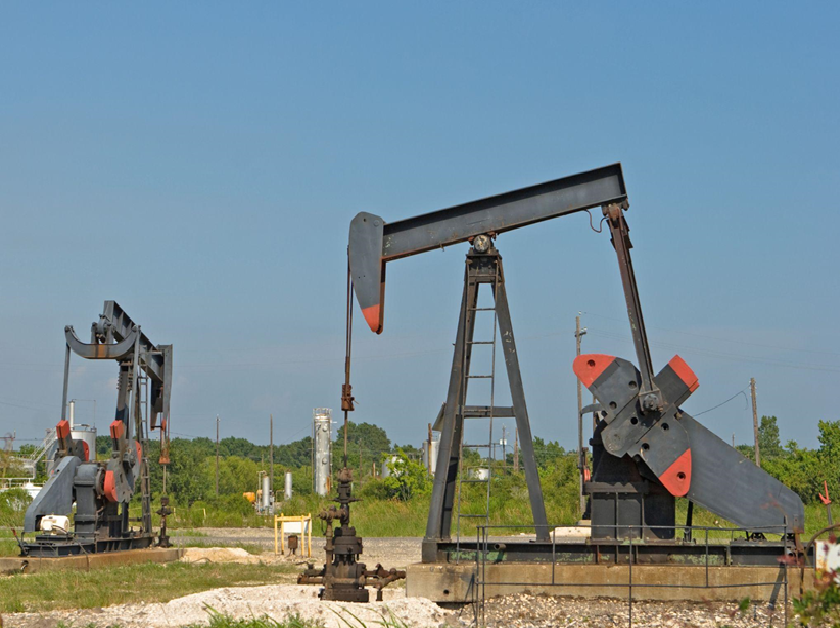Tertiary oil recovery, within the multifaceted sphere of oil extraction, emerges as an intriguing mix of opportunity and difficulty. The process promises to squeeze out the last drops of oil from previously exhausted wells, potentially unlocking billions of barrels worth of crude oil.
But with its promise of profit comes the test of sustainability. How do we balance the economic gains with the environmental costs?
Overview of Tertiary Oil Recovery
Tertiary oil recovery, or enhanced oil recovery (EOR), is the third stage of oil extraction, following primary and secondary recovery. Through methods like gas injection and thermal recovery, tertiary techniques seek to extract oil that was too stubborn to be dislodged in earlier stages. It’s an enticing proposition – after all, who wouldn’t want to get extra mileage out of their investment?
Economic Benefits and Costs
The compelling economic potential of tertiary oil recovery cannot be overstated. This process is a game-changer, promising to extend the lifespan of oil wells and generate revenue from resources that may have been perceived as exhausted. Advanced techniques and technologies can supercharge a well’s output, delivering an additional 30% to 60% yield.
Yet, like any revolutionary process, tertiary recovery comes with its own unique challenges. The techniques involved are indeed more complex and carry a higher cost than primary and secondary recovery methods. However, it’s important to view these costs as investments towards maximizing the productive life of oil wells.
Moreover, while it’s true that not all wells are suitable for tertiary recovery, and success isn’t always guaranteed, the same can be said for any innovative process. The key lies in meticulous selection and evaluation of wells for tertiary recovery. When successfully implemented, the rewards far outweigh the risks.
Environmental Impact
Environmental concerns add another layer of complexity to the tertiary recovery equation. Techniques like gas injection can result in the release of harmful greenhouse gases, while thermal recovery methods can lead to water pollution and habitat destruction.
However, the industry is making strides in developing sustainable practices and mitigation strategies. Carbon capture and storage (CCS) is one such approach, turning the problem of CO2 emissions into a solution by using captured carbon dioxide for oil extraction.
And beyond that, 21st Century Energy Solutions offers innovative products like Super Catholyte and Hydrolyte.
Super Catholyte enhances oil production during secondary and tertiary recovery stages by reducing interfacial tension. It is safe for workers and does not harm the ecosystem, offering an environmentally friendly solution to crude oil extraction.
On the other hand, Hydrolyte effectively manages hydrogen sulfide, a common issue in oil and gas operations. By eliminating bacteria that produce this substance, Hydrolyte improves worker safety and optimizes well performance for tertiary recovery.
Examples of Success and Failure
To fully grasp the potential advantages and pitfalls of tertiary recovery, it can be helpful to examine a couple of hypothetical scenarios.
Meet Company A, an ambitious organization that decides to channel substantial resources into tertiary recovery for an aging oil well. They’re driven by the tantalizing prospect of tapping into the remaining oil reserves. But after investing heavily in advanced technologies and manpower, they hit a roadblock.
The oil left in the well proves too difficult to extract. Despite their best efforts, the extraction process brings more problems than solutions. The venture unexpectedly morphs into a financial quagmire as costs pile up without any significant returns.
To add to the woes, the extraction process takes a toll on the environment, leading to habitat disruption and water pollution. The company finds itself grappling with not just financial loss, but also reputational damage for its environmental impact.
Now, let’s shift our focus to Company B. Unlike Company A, this company adopts a more strategic approach to tertiary recovery. They meticulously research and identify a well that’s suitable for tertiary recovery.
They don’t rush into the process, instead, they invest time and resources into planning and applying sustainable techniques. They opt for environmentally friendly solutions like Super Catholyte and Hydrolyte, which not only enhance oil production but also prioritize safety and ecosystem preservation.
The outcome? Company B experiences a substantial surge in oil production, enough to cover the initial investment and generate profits. Furthermore, they manage to keep their environmental footprint minimal. They succeed in striking a balance between economic growth and environmental responsibility, turning tertiary recovery into a win-win solution.
Future Prospects
Looking towards the future, advancements in technology and a growing emphasis on sustainability could lead to greener, more efficient tertiary recovery practices. Market trends also suggest potential growth, with an increasing demand for energy and a finite supply of oil reserves driving the need for maximized extraction.
Yet, the future trajectory of tertiary oil recovery is not without its challenges. It teeters on a critical balance – the equilibrium between profitability and sustainability. The question isn’t merely if we can strike this balance, but rather how we will innovate and adapt to ensure that our pursuit of economic growth does not compromise environmental stewardship.
Conclusion
In the end, tertiary oil recovery represents a promising yet challenging frontier in the oil industry. Its economic potential is enticing, offering the prospect of increased revenue and extended well lifespans. But this potential must be weighed against the environmental costs and the necessity of sustainable practices.
At 21st Century Energy Solutions Inc., we believe this balance is achievable. With our commitment to innovative solutions and cleaner, healthier energy, we’re dedicated to helping companies navigate the complexities of tertiary oil recovery. By understanding your unique challenges and opportunities, we can help you achieve your profit goals while contributing to a sustainable future.
Experience the 21st Century Energy Solutions difference today. Reach out to us to discover how we can enhance your profits while prioritizing sustainability in tertiary oil recovery. Let’s create a cleaner, healthier, more energy-efficient world together.

